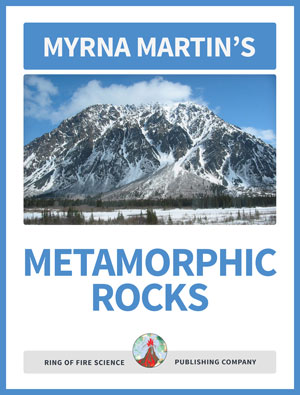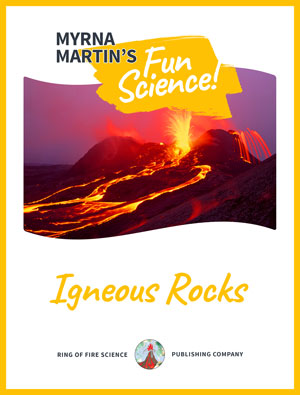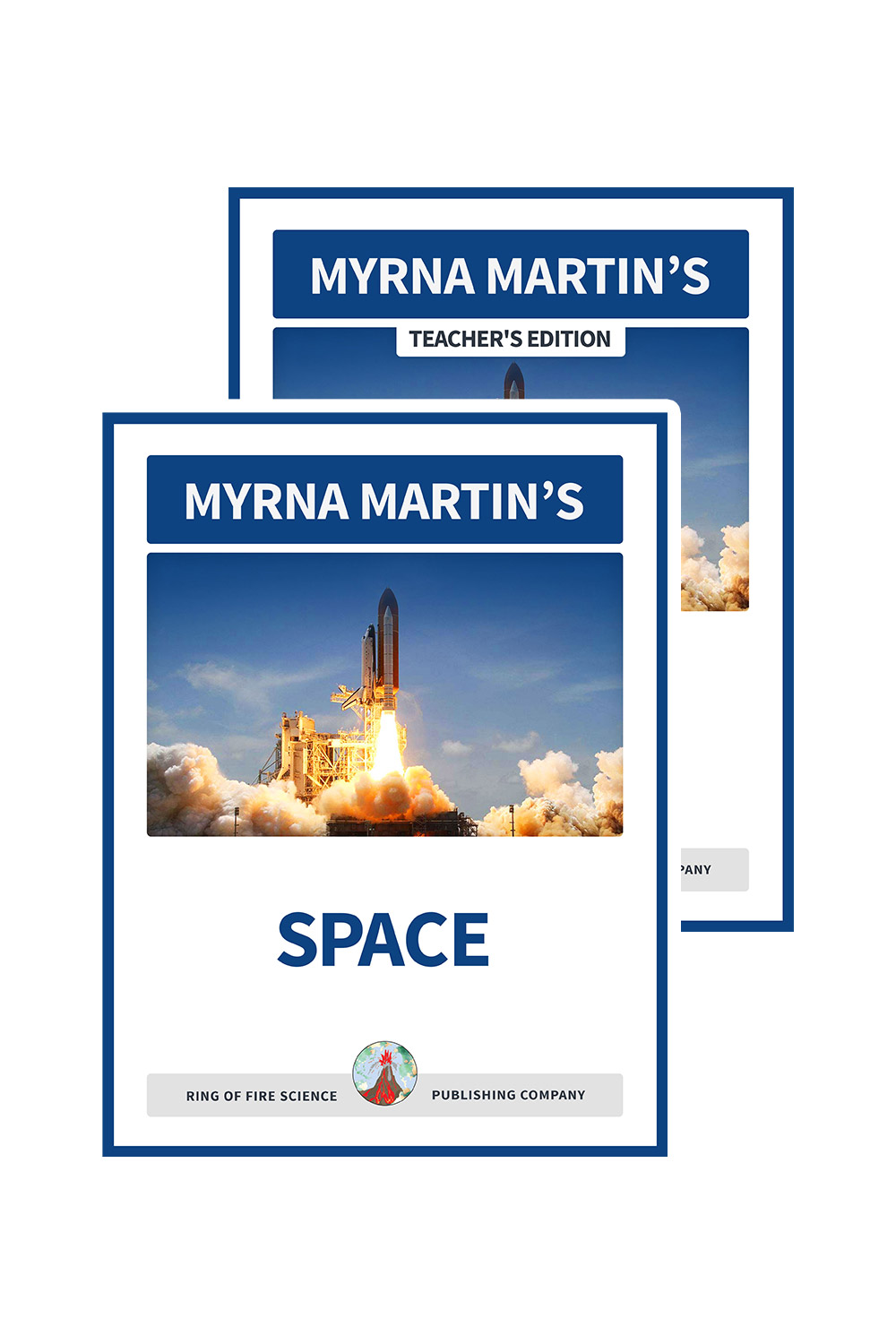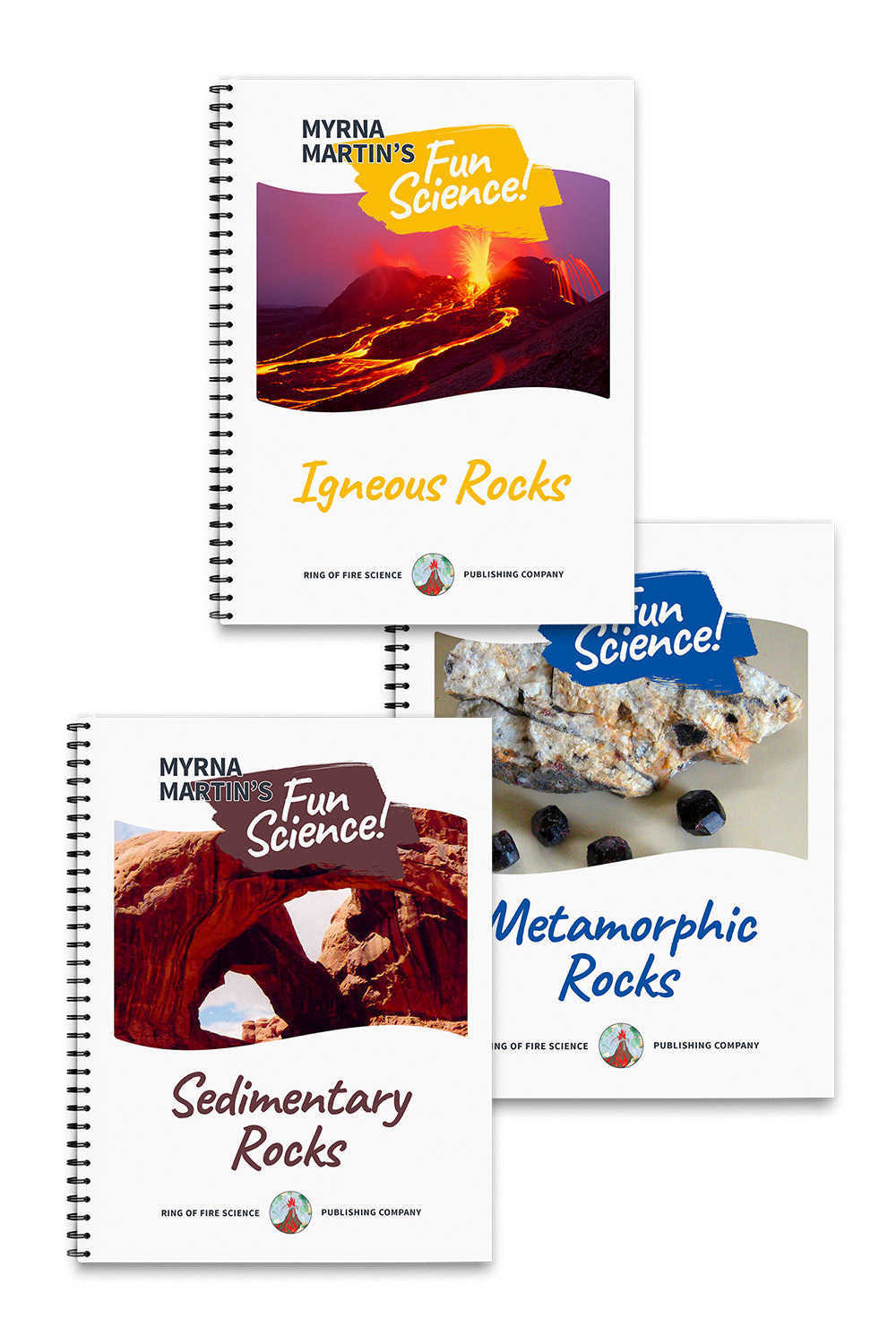The Earths Mantle
The Earths mantle lies between the crust and core
The Earths mantle is 84% of the Earths total mass
The Earth's mantle lies between the crust and the liquid outer core. Eighty-four percent of the Earth's mass is contained in the mantle. The core is approximately the same width as the mantle, but it contains only 15% of its mass. The remaining 1% is the crust.
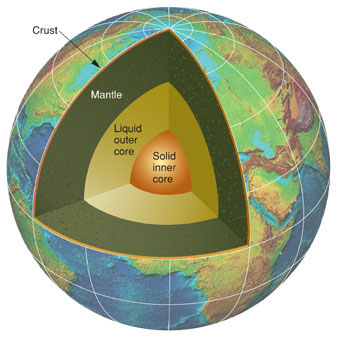
The Mohorovicic Discontinuity (Moho)
Earthquake waves increased in speed at the MOHO boundary
The boundary between the crust and the mantle was discovered by Andrija Mohorovicic, a Croatian seismologist. The Mohorovicic Discontinuity (Moho) was named in his honor. He discovered that earthquake waves increased their speed at the boundary.
The boundaries depth varies
The boundaries depth varies. Beneath the continents it is much deeper than the ocean crust. It is deepest underneath great mountain chains where the crust has thickened as two continents collide.
GUTENBERG DISCONTINUITY
Gutenberg discontinuity is boundary between mantle and the outer core
The Gutenberg discontinuity is the boundary between the liquid core and the mantle. Prior to Beno Gutenberg's discovery of the boundary at 2,900 km (1,800 miles).
P waves slow down and s waves disappear
Gutenberg found that primary waves, p waves, slowed down and that secondary waves, s waves, disappeared. S waves travel only through solids while P waves travel through solids, liquids and gasses.
DIVISIONS WITHIN THE MANTLE
Three or four divisions within the mantle
Today scientists divide the mantle into at three or four parts. The upper mantle can flow like a liquid over long periods of time. This allows the crustal plates to move around the Earth's surface at centimeters per year.
Upper mantle starts at MOHO boundary
The upper mantle starts at the Moho boundary to a depth of 410 kilometer. Beneath the upper mantle is a transition zone where the rocks change. The transition zone lies at a depth of 410-660 kilometers.
Depth of lower mantle
The lower mantle lies between 660 kilometers and 2891 kilometers. The rocks below this depth begin to transition into the liquid core rocks. Rocks in the mantle can break apart at depths of up to 700 km.
Depths some earthquakes have been recorded
Scientists still do not know how rocks at his depth break and produce earthquakes. A magnitude 8.3 earthquake happened at a depth of 636 kilometers on June 9, 1994. About 20% of earthquakes occur at depths between 300 km and 700 km.
More Planet Earth Links
Earths Interior Find out about layers that have formed inside out planet and how they were discovered.
Alaska Northern Lights Learn how and why the Northern Lights light up the sky in the Northern Hemisphere.
Earths Crust Find out where the newest crust on our planet forms and which type of crust is the oldest.
Lithosphere Earth's lithosphere is the outer shell of the planet. It contains both the crust and part of the upper mantle.
Earths Core Find out how scientists use earthquake waves to study the Earth's core.
The Earths Mantle Find out about the Earths mantle that contains 84% of the Earth's mass.
Planet Earth Find out about the different layers that make up planet earth from the core to outer space.
Home Page The Science Site contains information on our planet, volcanoes, science activities, earthquakes and much more.
Kids Fun sCIENCE bOOKSTORE
Check out Myrna Martin's award winning textbooks, e-books, videos and rock sets. The Kids Fun Science Bookstore covers a wide range of earth science topics. Click here to browse.
Sign up to our monthly newsletter and receive our FREE eBook containing 3 fun activities that don’t appear in any of our other books!
The Kids Fun Science monthly newsletter will include the following: current events, weird and fantastic facts, a question of the month, science trivia and the latest new content from our website.
We respect your privacy and you can be assured that we will never share your email address or use it for any other purpose than to send you our newsletter.



